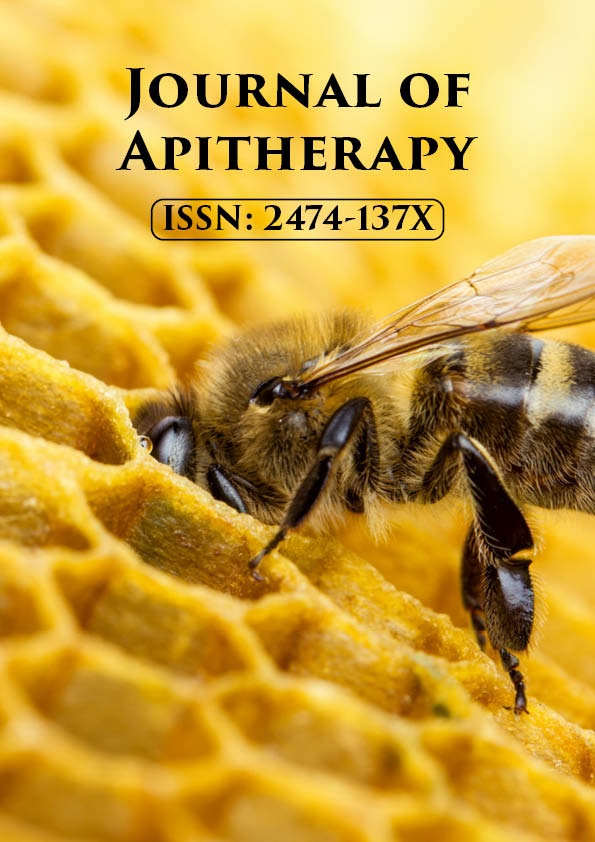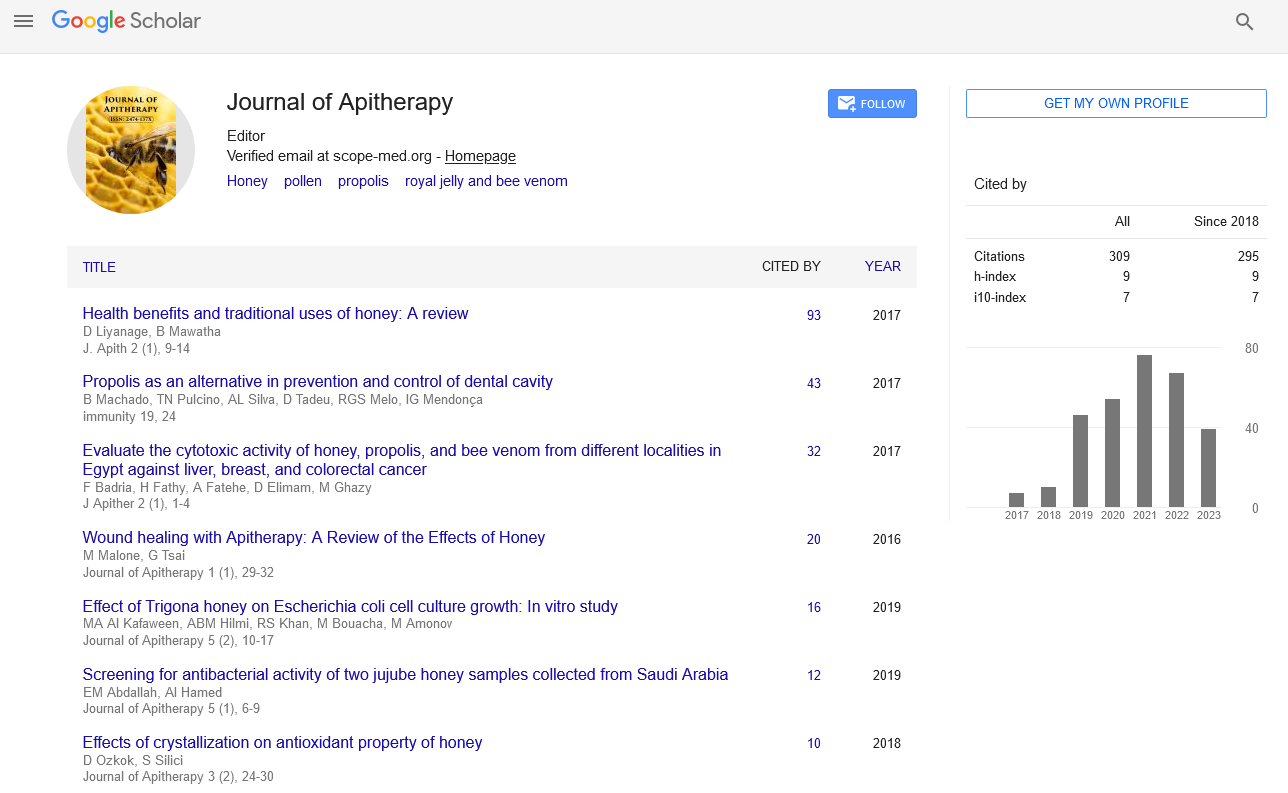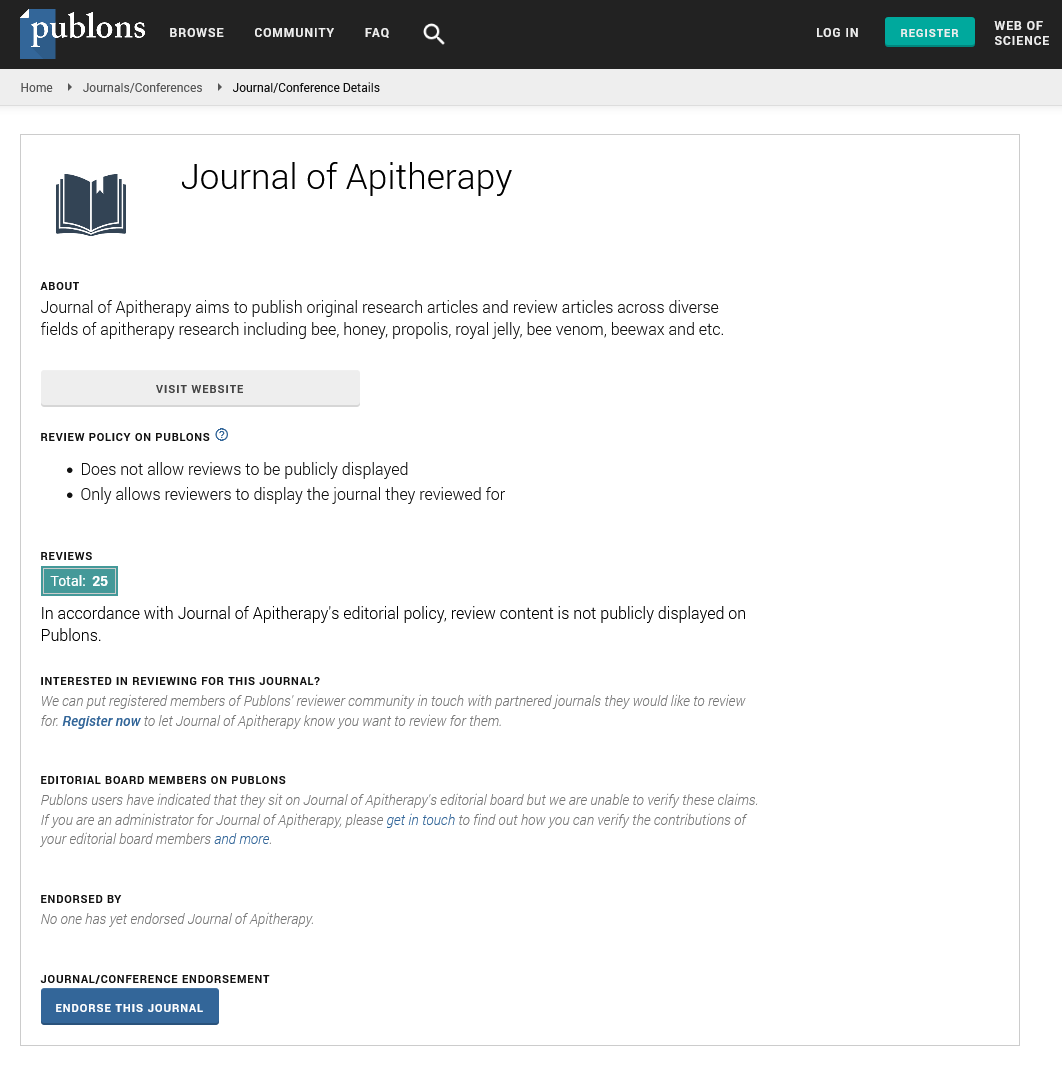Opinion - Journal of Apitherapy (2023)
Geographical Variations and Ethno Pharmacology of Geopropolis
Baodong Ward*Baodong Ward, Department of Apiculture, Yeditepe University, Istanbul, Turkey, Email: Baodong@gmail.com
Received: 09-Oct-2023, Manuscript No. JAPITHERAPY-23-123328; Editor assigned: 11-Oct-2023, Pre QC No. JAPITHERAPY-23-123328 (PQ); Reviewed: 25-Oct-2023, QC No. JAPITHERAPY-23-123328; Revised: 02-Nov-2023, Manuscript No. JAPITHERAPY-23-123328 (R); Published: 09-Nov-2023
Abstract
https://betkolikgirisi.com https://betlikeguncel.com https://betparkagiris.com https://bettickett.com https://betturkeyegiris.com https://extrabetgirisi.com https://holiganbeti.com https://ilbete.com https://ikimisligirisi.com https://imajbetegir.com https://jojobeti.com https://kralbetting.com https://mariogiris.com https://marsbahise.com https://meritegiris.com https://milanobeti.com https://piabetegir.com https://redwinegiris.com https://supertotobete.com https://tempobetegir.com
Description
In the realm of natural wonders, geopropolis stands as a testament to the intricate collaboration between nature and its smallest inhabitants. Geopropolis, often referred to as "earth's gold" or "bee bread," is a unique substance crafted by bees from a blend of resins, wax, and soil. While the term might not be as widely recognized as honey or beeswax, geopropolis has been gaining attention in recent years for its potential medicinal properties and ecological significance.
Formation and composition
Geopropolis is distinct from regular bee propolis, which is commonly produced by honeybees. Its creation involves a complex process where bees mix plant resins, wax, and soil particles. The resulting material is a dense, hard substance with a spectrum of colors, ranging from dark brown to reddish hues. This amalgamation serves multiple purposes within the hive, primarily functioning as a structural component and a defensive barrier against pathogens. The composition of geopropolis varies depending on the geographical location, plant sources, and the specific bee species responsible for its production. Studies have shown that geopropolis contains a rich array of bioactive compounds, including flavonoids, phenolic acids, terpenoids, and essential oils. These components contribute to its therapeutic potential, making geopropolis an intriguing subject for scientific exploration.
Medicinal properties
Researchers have delved into the medicinal properties of geopropolis, unveiling a treasure trove of potential health benefits. Its antibacterial, antifungal, and antioxidant properties make it a promising candidate for various applications in traditional and alternative medicine.
Antimicrobial activity: Geopropolis has exhibited potent antimicrobial activity against a broad spectrum of microorganisms. Studies have highlighted its effectiveness against bacteria, fungi, and even some viruses. This antimicrobial prowess suggests potential applications in wound healing, oral health, and combating infectious diseases.
Anti-inflammatory effects: The presence of anti-inflammatory compounds in geopropolis has captured the interest of researchers exploring natural remedies for inflammatory conditions. This property could be harnessed to develop treatments for ailments ranging from arthritis to respiratory issues.
Antioxidant power: Geopropolis is rich in antioxidants, which play a crucial role in neutralizing free radicals that contribute to aging and various diseases. The antioxidant content of geopropolis positions it as a natural ally in promoting overall health and preventing oxidative stress-related conditions.
Immunomodulatory potential: Preliminary studies suggest that geopropolis may have immunomodulatory effects, influencing the activity of the immune system. This opens up possibilities for developing therapies that enhance the body's defense mechanisms.
Geographical variations and ethno pharmacology
Geopropolis studies have unveiled the fascinating aspect of geographical variations in its composition. Different regions yield geopropolis with distinct profiles of bioactive compounds, showcasing the diversity of plant species in different ecosystems. This variability has led to a growing field of ethno pharmacology, where traditional knowledge and practices related to geopropolis are explored among indigenous communities. Indigenous cultures have long recognized the medicinal potential of geopropolis, incorporating it into their traditional healing practices. Local communities often use geopropolis-based preparations to address a range of health issues, from skin conditions to respiratory ailments. The synergy between traditional wisdom and scientific investigation holds promise for the development of novel therapeutic interventions rooted in cultural knowledge.
Challenges and future directions
Despite the promising aspects of geopropolis, its widespread acceptance and utilization face several challenges. The variability in composition poses difficulties in standardization, an essential aspect for pharmaceutical applications. Additionally, the ecological impact of harvesting geopropolis must be carefully considered to ensure sustainability and the preservation of bee populations.
Future research directions in geopropolis studies include:
Clinical trials: Rigorous clinical trials are needed to validate the therapeutic efficacy of geopropolis in humans. This step is crucial for translating laboratory findings into evidence-based medical practices.
Biochemical characterization: Further investigation into the specific bioactive compounds responsible for the medicinal properties of geopropolis can aid in targeted drug development and formulation.
Ecological studies: Understanding the ecological implications of geopropolis production and harvesting is vital for sustainable practices. Researchers must collaborate with beekeepers and environmental scientists to develop ethical guidelines for geopropolis utilization.
Cultural integration: Collaboration between scientists and indigenous communities can foster a holistic approach to geopropolis research. Integrating traditional knowledge with modern scientific methodologies can lead to a more comprehensive understanding of geopropolis and its potential applications.
In conclusion, geopropolis studies represent a captivating intersection of ecology, ethnopharmacology, and modern medicine. This "earth's gold" has the potential to unlock new frontiers in healthcare, offering a natural and sustainable source of therapeutic compounds. As researchers delve deeper into the mysteries of geopropolis, the journey promises not only scientific breakthroughs but also a renewed appreciation for the intricate dance between bees and the diverse ecosystems they inhabit.







